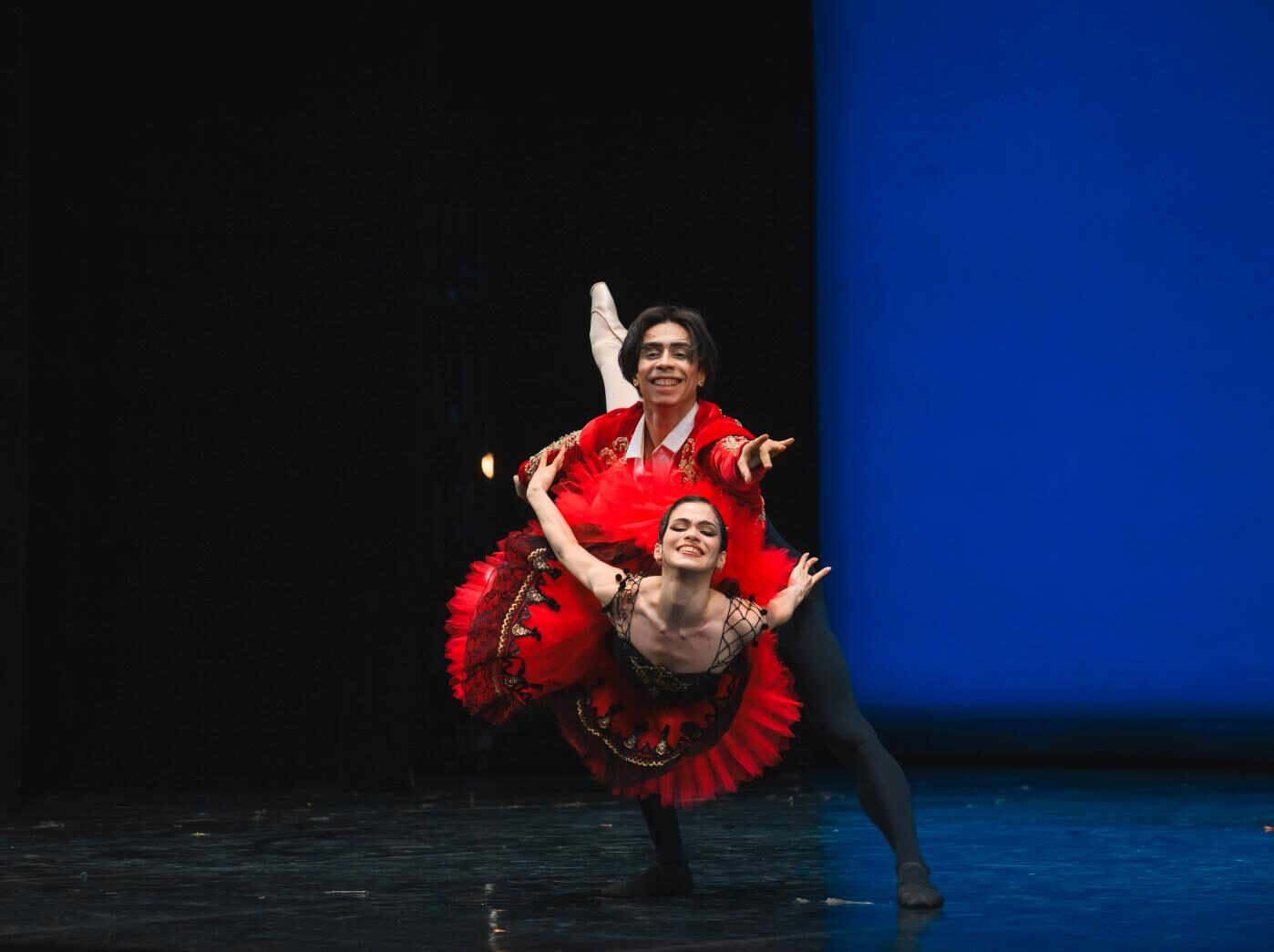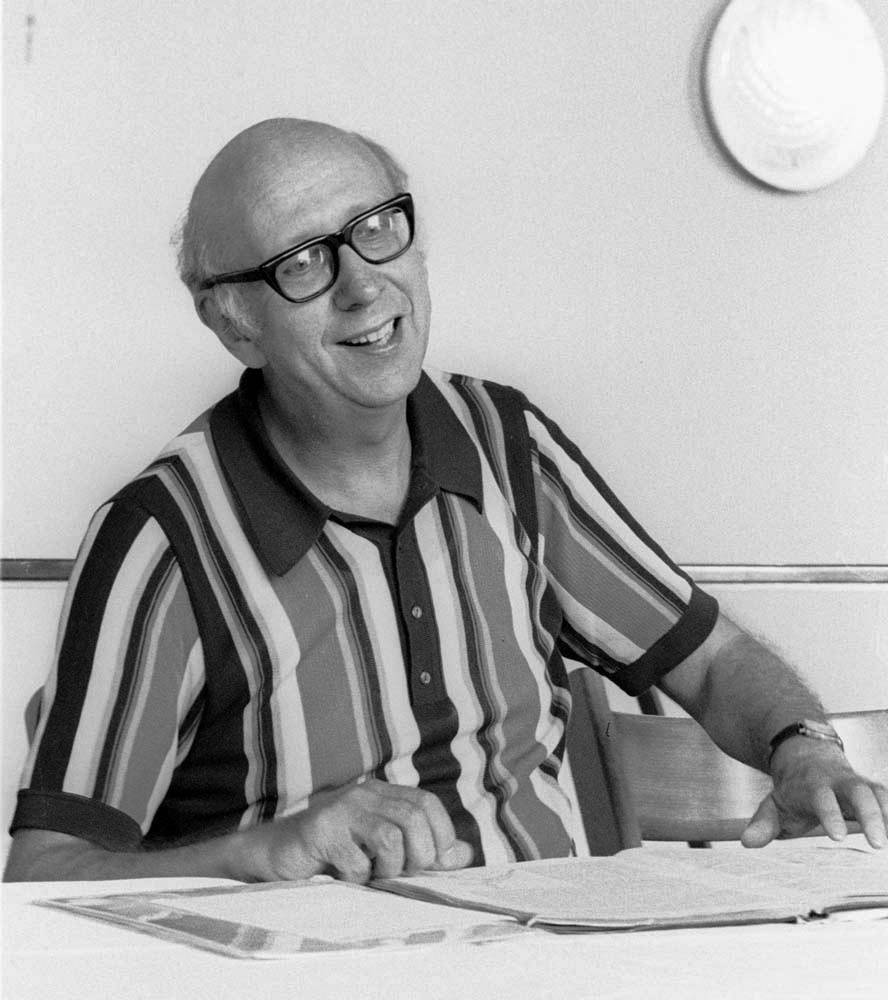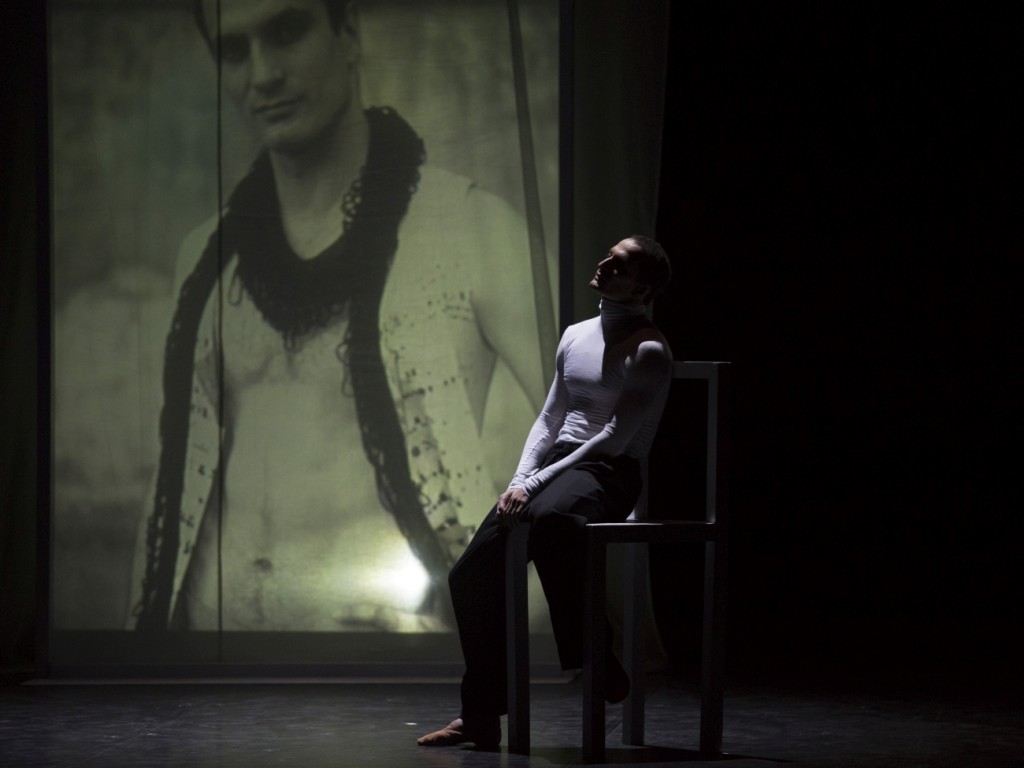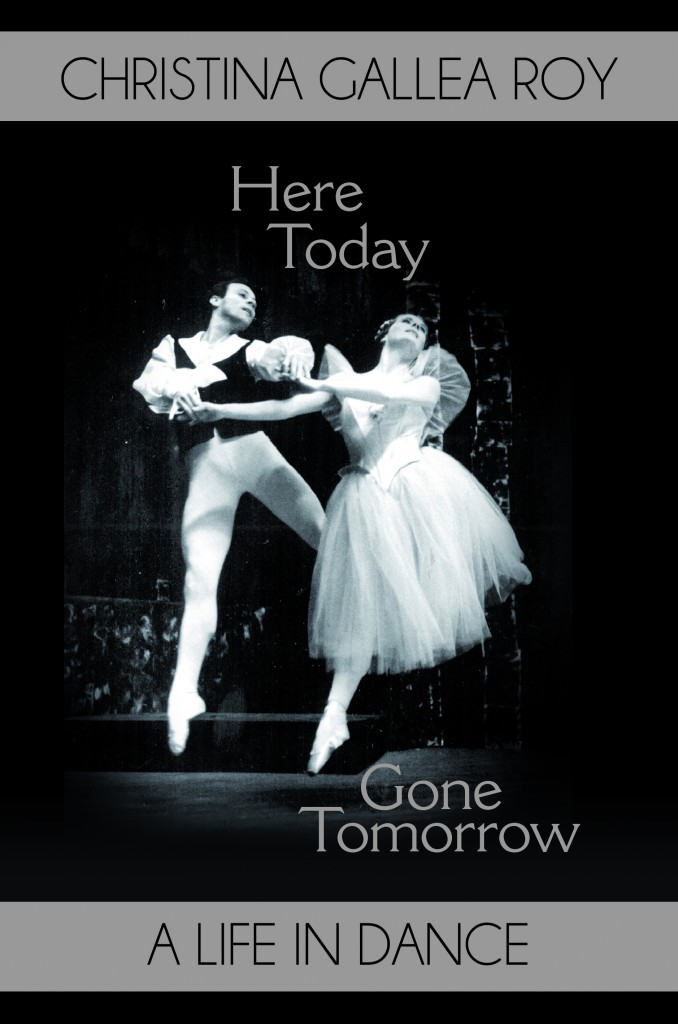Thank you.
George Jackson
Washington D.C., U.S.A.
August 2024
by Ilona Landgraf
Copyright © 2024 by Ilona Landgraf
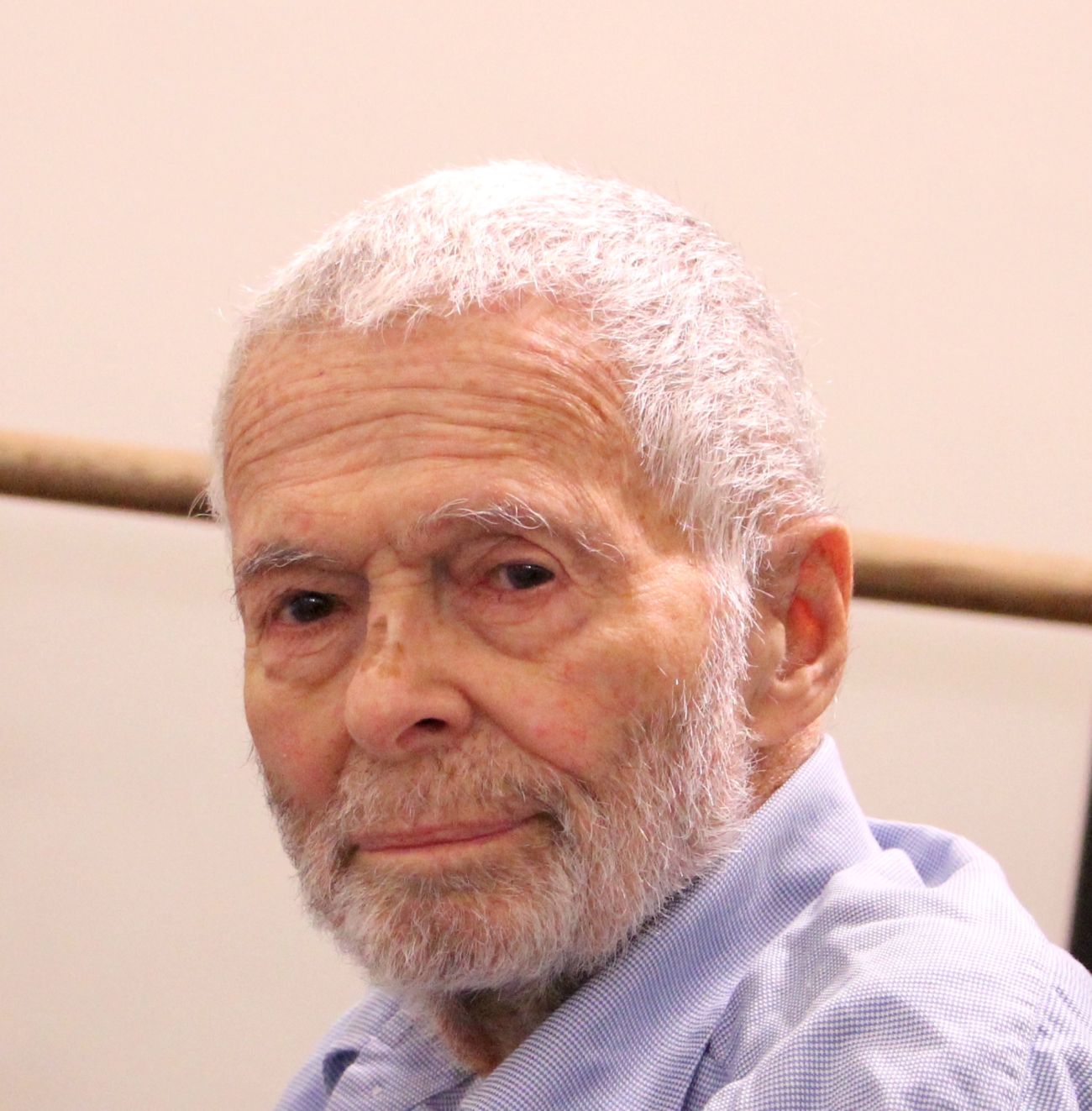 George Jackson, Washington D.C.’s renowned dance reviewer, died on August 5th at the age of ninety-two. Born in Vienna in 1931, his parents put him on a train abroad when the Nazis invaded Austria in March 1938. The family later reunited and moved to Chicago. A microbiologist specializing in parasitology, George researched and taught at the University of Chicago and New York’s Rockefeller University and for many years worked for the FDA in Washington on food safety. “I enjoyed my work as a biologist in itself and also because it sent me traveling around the world so that I saw a lot of dance that otherwise I never would have,” he once wrote to me, but, as earning a living as a dance critic was not a practical option in the U.S.A. (except during the dance boom from the 1960s to 1980s), writing was his “moonlighting and weekend occupation.” His output was enormous, ranging from dance reviews to historical pieces for U.S. and international outlets, among them The Washington Post, The Washington Star, and The Times of London. Although George officially terminated his career as a dance critic in 2012, he continued to contribute reviews to danceviewtimes.com until 2022. Yet his writing focus shifted to fiction, which he published under his birth name, Hans Georg Jakobowicz. (more…)
George Jackson, Washington D.C.’s renowned dance reviewer, died on August 5th at the age of ninety-two. Born in Vienna in 1931, his parents put him on a train abroad when the Nazis invaded Austria in March 1938. The family later reunited and moved to Chicago. A microbiologist specializing in parasitology, George researched and taught at the University of Chicago and New York’s Rockefeller University and for many years worked for the FDA in Washington on food safety. “I enjoyed my work as a biologist in itself and also because it sent me traveling around the world so that I saw a lot of dance that otherwise I never would have,” he once wrote to me, but, as earning a living as a dance critic was not a practical option in the U.S.A. (except during the dance boom from the 1960s to 1980s), writing was his “moonlighting and weekend occupation.” His output was enormous, ranging from dance reviews to historical pieces for U.S. and international outlets, among them The Washington Post, The Washington Star, and The Times of London. Although George officially terminated his career as a dance critic in 2012, he continued to contribute reviews to danceviewtimes.com until 2022. Yet his writing focus shifted to fiction, which he published under his birth name, Hans Georg Jakobowicz. (more…)
